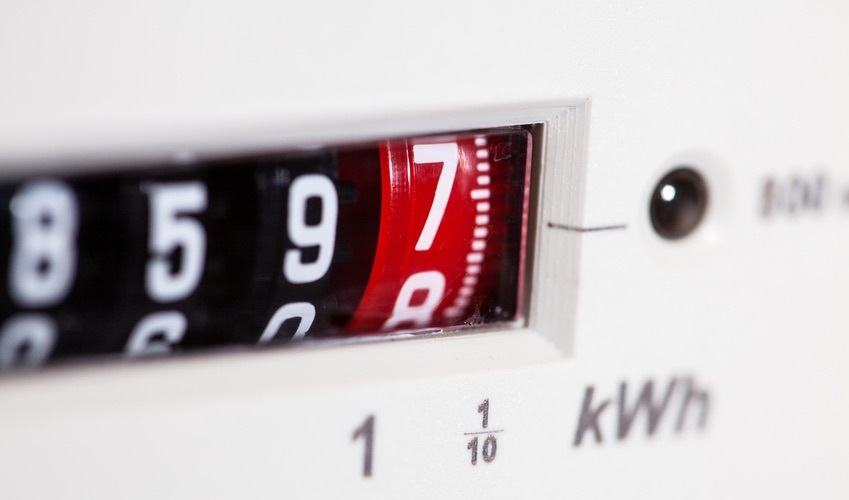Levelized Cost of Electricity – The Holy Grail of Confusion
The levelized cost of electricity, or LCOE, is a convenient economic measure. It describes the cost of generating one kilowatt-hour (kWh) of electricity averaged over the lifetime of the relevant power plant. Put in simpler words, it averages the total costs of the power plant across production over a long period of time.
The method of LCOE gives a single metric that can be used to compare different types of systems and power plants of different generations and cost structures. For example, the LCOE could be used to compare the cost of electricity generated by a PV power plant with that of a fossil fuel-generating unit or another renewable technology.
The average LCOE is calculated on the basis of the net present value. Using this method, expenses for investment as well as payment streams from earnings and expenditures during the plant’s lifetime are calculated based on discounting from a shared reference date and cash values of all expenditures are divided by the discounted values of power generation.
Although, discounting the generation of electricity seems inconceivable from a physical point of view, it is a consequence of accounting transformation reflecting that the energy generated implicitly corresponds to the earnings from the sale of this energy. The farther earnings are placed in the future the lower is their cash value.
The annual total expenditures over the entire operational lifetime are comprised of the capital expenditures (CAPEX) and the operating expenditures (OPEX) accumulating over the operational lifetime.
Calculating the LCOE for new plants, the following applies:
| LCOE | Levelized cost of electricity in Euro/kWh | ||
| I0 | Capital Expenditures in Euro | i | Real interest rate in % |
| At | Annual total OPEX in Euro in year t | n | Economic operational lifetime in years |
| Mt,el | Produced quantity of electricity in the respective year in kWh | t | Year of lifetime (1, 2, …n) |
The annual total OPEX are composed of the variable and fixed costs of the operation of the plant, including maintenance, service, repairs, and insurance payments. The share of external- and equity financing can be included in the analysis through the weighted average cost of capital (WACC) over the discounting factor (interest rate).
It is important to note that the method of the LCOE is an abstraction from reality with the goal of making different sorts of generation plants comparable. The method is based on hypothetical costs, distributed over a plant’s lifetime, further determined though the discounting factor.
Concluding, the LCOE is not suitable for determining the cost efficiency of a power plant. To determine that, a financing calculation must be completed taking into account all revenues and expenditures on the basis of a cash-flow model.
The LCOE is highly sensitive to small changes in input variables and underpinning assumptions. For this reason, it is important to carefully assess and validate the assumptions used for different technologies when comparing the LCOE and assure comparability through discounting all expenditures and quantity of electricity generated over the lifetime to the same reference date.
Summarizing; the concept of the levelized cost of electricity is used to compare the cost of energy coming from different sources and is often cited as a convenient summary measure of the overall competiveness of different generating technologies. The wide range of electrical power technologies available, both renewable and non-renewable, is quite varied with respect to physical principles and operation – a solar PV system is drastically different from a biomass power plant. However, the LCOE provides a common basis for comparison.

